This guest post was written by Andreas Karelas, founder and Executive Director of RE-volv, a nonprofit organization that finances community-based solar energy projects with a revolving fund.
In 2010 I was laid off from my job.
I was working for a clean energy nonprofit at the time, and the aftershock of the 2008 recession hit our organization hard. A handful of us were let go. While it was certainly unexpected, I saw it as an exciting opportunity to go out on my own and start something new.
It Starts With an Idea
For a year or so beforehand I had been working on an idea: a revolving fund for clean energy crowdfunded by everyday people who were looking to take action on climate change. The climate is warming. And concerned citizens were desperately looking for opportunities to take action. Everyone I talked to felt the same way: “What can I really do about climate change?”
In order to give people a direct way to take action on climate change that actually has a real impact and to help speed along this technological shift, the idea for RE-volv was born. Through crowdfunding, we’d raise donations from people who cared about the climate. We’d use the money to fund solar projects for community-serving nonprofits and co-ops that otherwise can’t get solar financing. And as the community groups pay us back, we’ll reinvest the money into more solar projects. It’s a pay-it-forward model for solar. Voila.
Not so fast. Between having an idea and it entering the world lies a huge dark valley of uncertainty. How does one take something out of their minds and turn it into brick and mortar as they say?
Well in my case, the answer was Indiegogo.
Laying the Foundation
I incorporated the organization in 2011 and got busy filing my application for nonprofit status with the IRS. Then came designing a logo, building a basic website, getting an office space, and trying to figure out how to craft a legal solar lease agreement to make this plan work. Once all that was done, the biggest question was, when will you do your first solar project? It felt like an eternity had passed from when I started the organization and I didn’t have many promising leads.
Then Samy came to volunteer. Samy was someone I had met in a continuing education finance class who loved the idea of RE-volv. One day she said, let’s just run a crowdfunding campaign. Whoa. “Are you serious?” I thought. We don’t even have a project lined up. How would that work? Ask people to give us money to put solar on a place we haven’t found yet? Yeah right.
But after some convincing, that’s exactly what we did. What Samy knew, and what she convinced me of, is that we needed to get the word out about what we were doing. We needed to start building a community of supporters. We needed to start acting. We brought in a friend of a friend who was a crowdfunding expert to show us the ropes. Micah gave us the insights we needed to launch our first campaign.
Crowdfunding Experiments
Our first campaign was a smash hit. Our goal was $10,000 and we hit it halfway through the campaign. We ended raising another $5,000 before it was over. To do so we emailed everyone we knew, called and asked people to contribute, and pretty much lived on social media around the clock for 6 weeks continuously posting updates.
Then, a project came across my desk: the Shawl-Anderson Dance Center in Berkeley. I put together a proposal and went to chat with them about it. I told them about the Indiegogo campaign, how we already had the money and that the campaign was supported by nearly 200 people. They were in. We signed up our first solar project.
The lesson I learned here was that you can’t wait for the conditions to be right to launch. Sometimes, in order to get the ball rolling, you just have to start. You have to throw something at the wall and see if it sticks. What I had was an idea- a revolving fund for solar energy supported by people who care. What I didn’t know was, “Would people who care actually be into this?” The only way to figure that out was to launch a campaign and see if it worked.
Thankfully, it worked. Our first project got us news coverage far and wide, from publications like the New York Times, Grist, and Clean Technica. Soon we had more organizations wanting to go solar with us. Less than a year later we ran another campaign, this time for over $50,000 for the Kehilla Community Synagogue in Oakland. And not too long after that another $50,000 campaign let us put solar on Other Avenues in San Francisco.
Onwards and Upwards
To date, our three Indiegogo campaigns have raised over $120,000 for solar energy from 1,000 donations that came from people in 38 states and 22 countries. This is the power of Indiegogo. Of course Indiegogo isn’t magic. It’s not like we posted the campaigns and came back 6 weeks later and the money was there. Quite the opposite. It’s a sprint from day 1 until the closing minutes of the campaign to make sure it’s successful. But Indiegogo does two main things for you.
First, because it’s super well-known, it gives you credibility. People who are donating to an Indiegogo campaign have probably done so before, they know it’s not some fly by night website, and they trust the Indiegogo platform. Second is that it’s fun- it gives your campaign a sexy look and feel, it’s among other cool campaigns on the site, and that makes people want to join the fun. When people start posting on their social media accounts that they supported your Indiegogo campaign, then everyone else will want to join in. Keeping our messaging lighthearted, playful, and upbeat helped with this. We also reminded people who gave to keep up the momentum by asking their friends to give and to keep posting updates about the campaign on social media.
Since 2013 when we completed our first campaign until now, it has been a truly wild ride. What started as an idea has now turned into a 3-person organization with a 10-person Board of Directors, a sizable budget, three solar projects completed, 40 college fellows at 5 universities in 4 states, recognition from the Department of Energy and just last month I got to speak at the White House. Indiegogo has served us well. We were able to test our idea and learn that people from around the world want to support our revolving fund for solar. Now we’re launching our own platform for donations and allow users to manage the revolving fund with a monthly reinvestment function. I really owe a tremendous amount of gratitude to Indiegogo for getting us to this point; for the service the platform provides, and for all the staff who have been there 110% to help our work succeed.
Our story is unique, but at the same time not. Thousands of entrepreneurs, social change makers, and people helping one another out use Indiegogo everyday to test their ideas, to launch new companies, and to make their dreams come true. I imagine the people who work at Indiegogo must feel pretty proud knowing that they’re playing a role in changing the course of so many people’s lives. It certainly changed mine.
Feeling inspired to make a difference? Download the free Indiegogo field guide and learn how you can crowdfunding your idea to reality.
2 Responses
You must be logged in to post a comment.
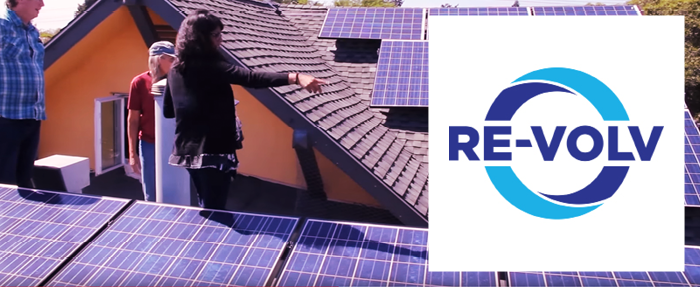
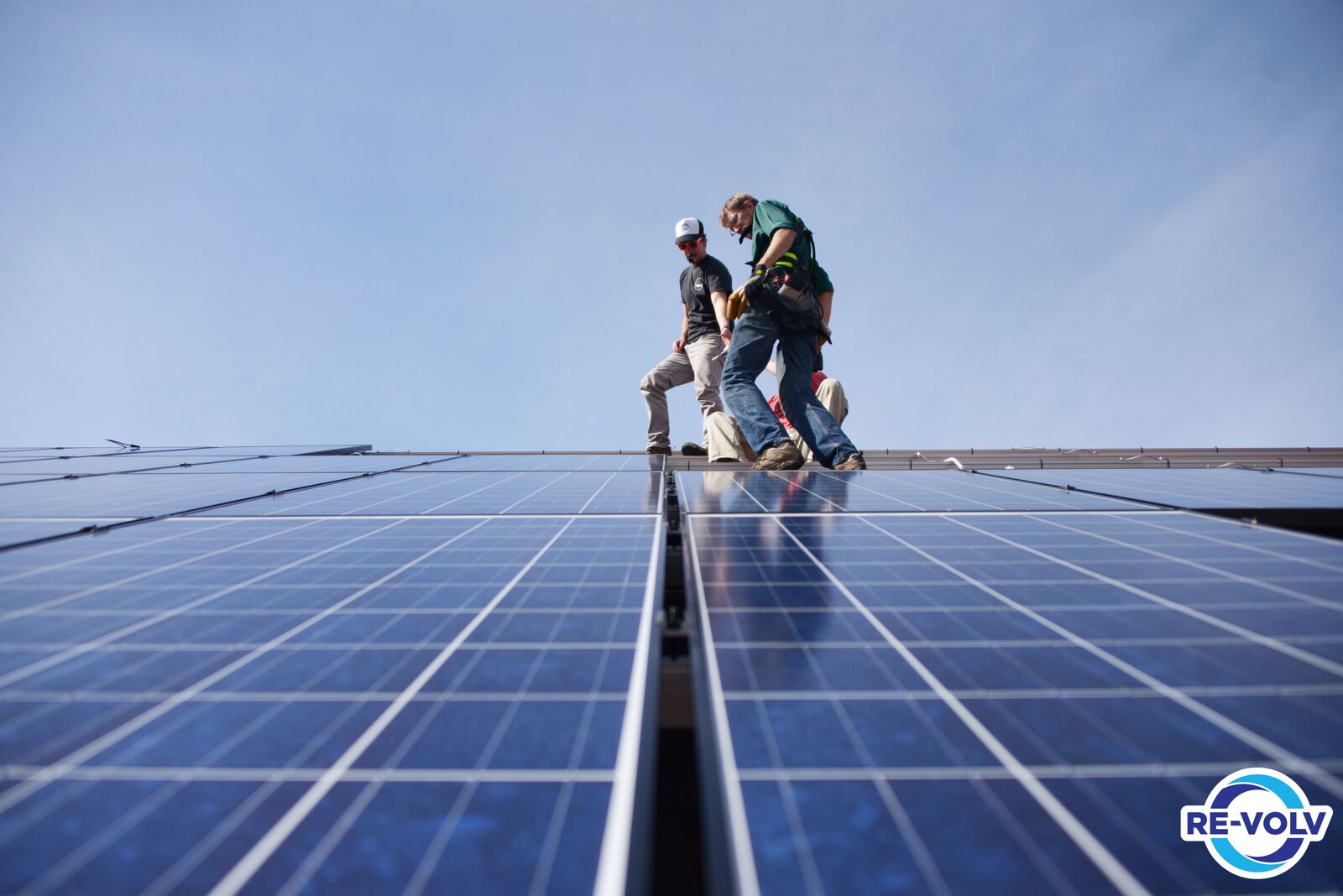
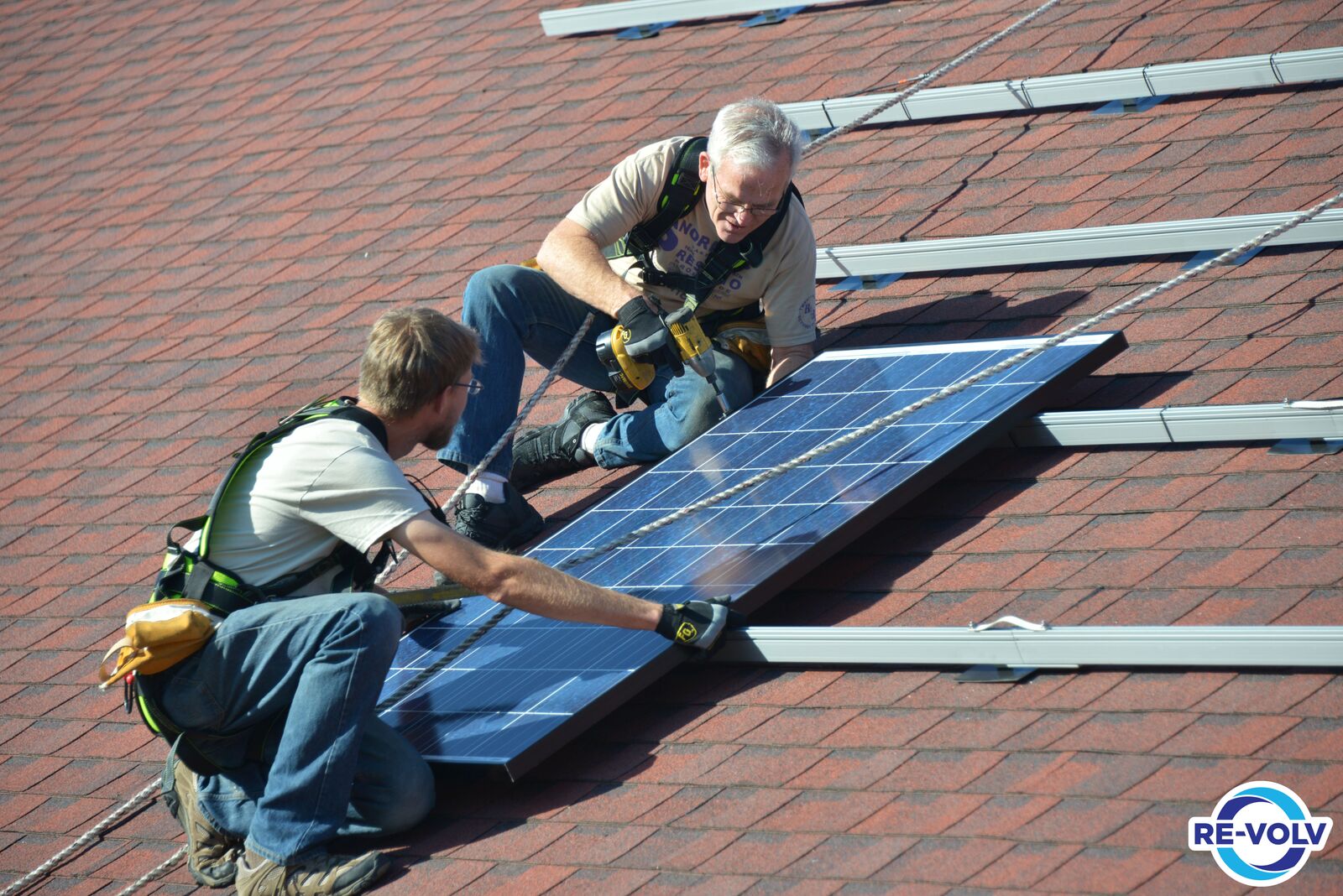
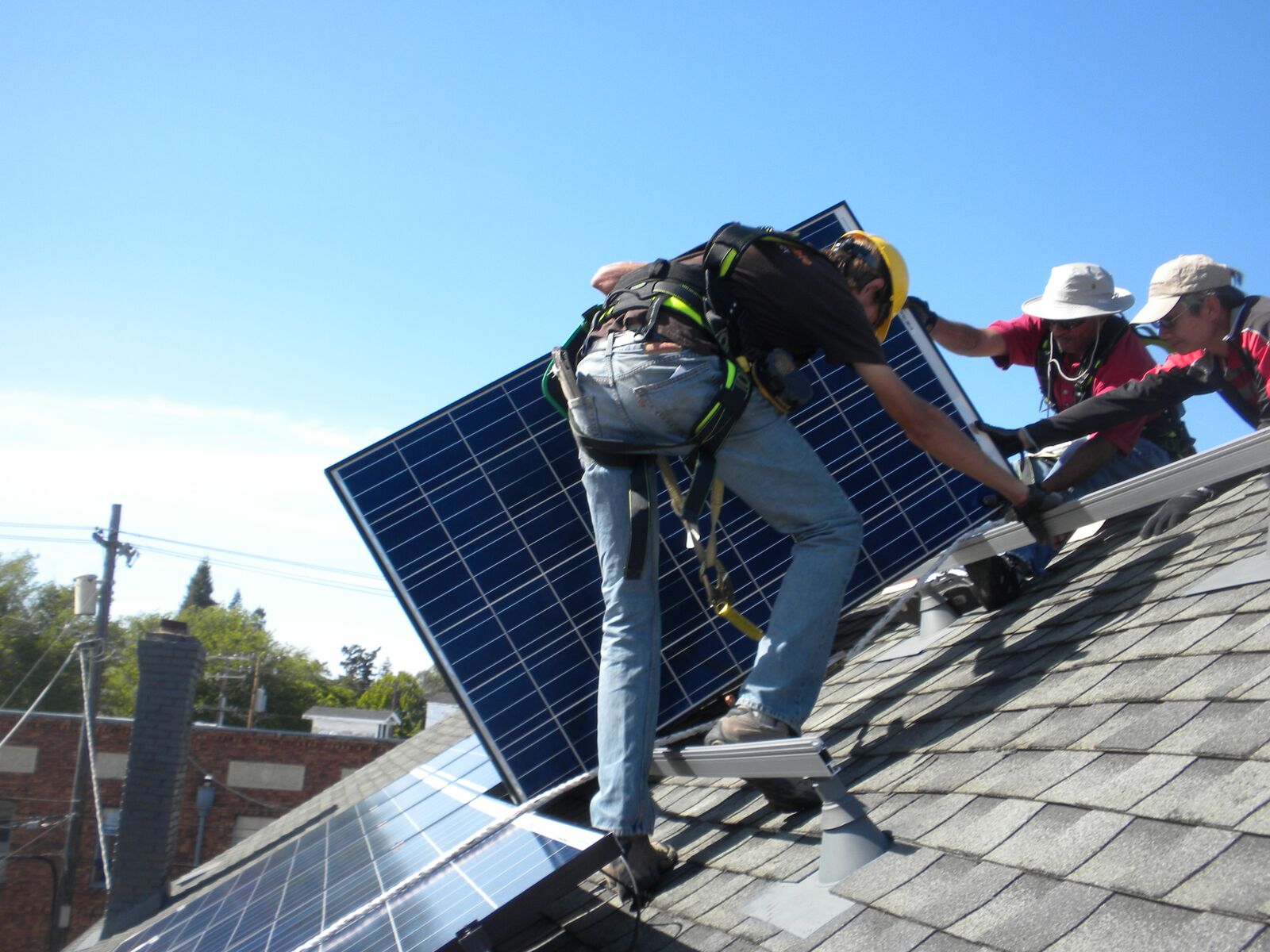
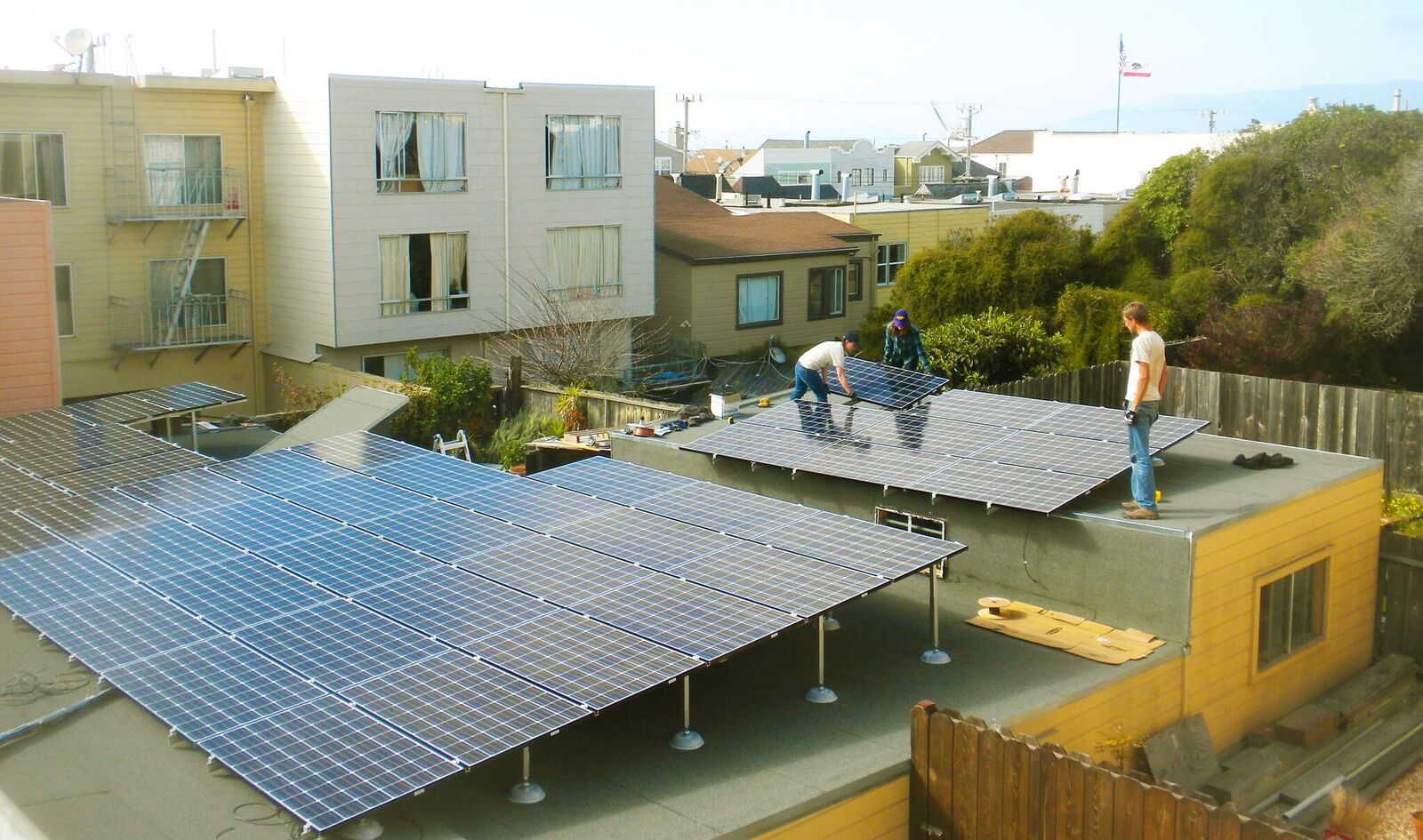
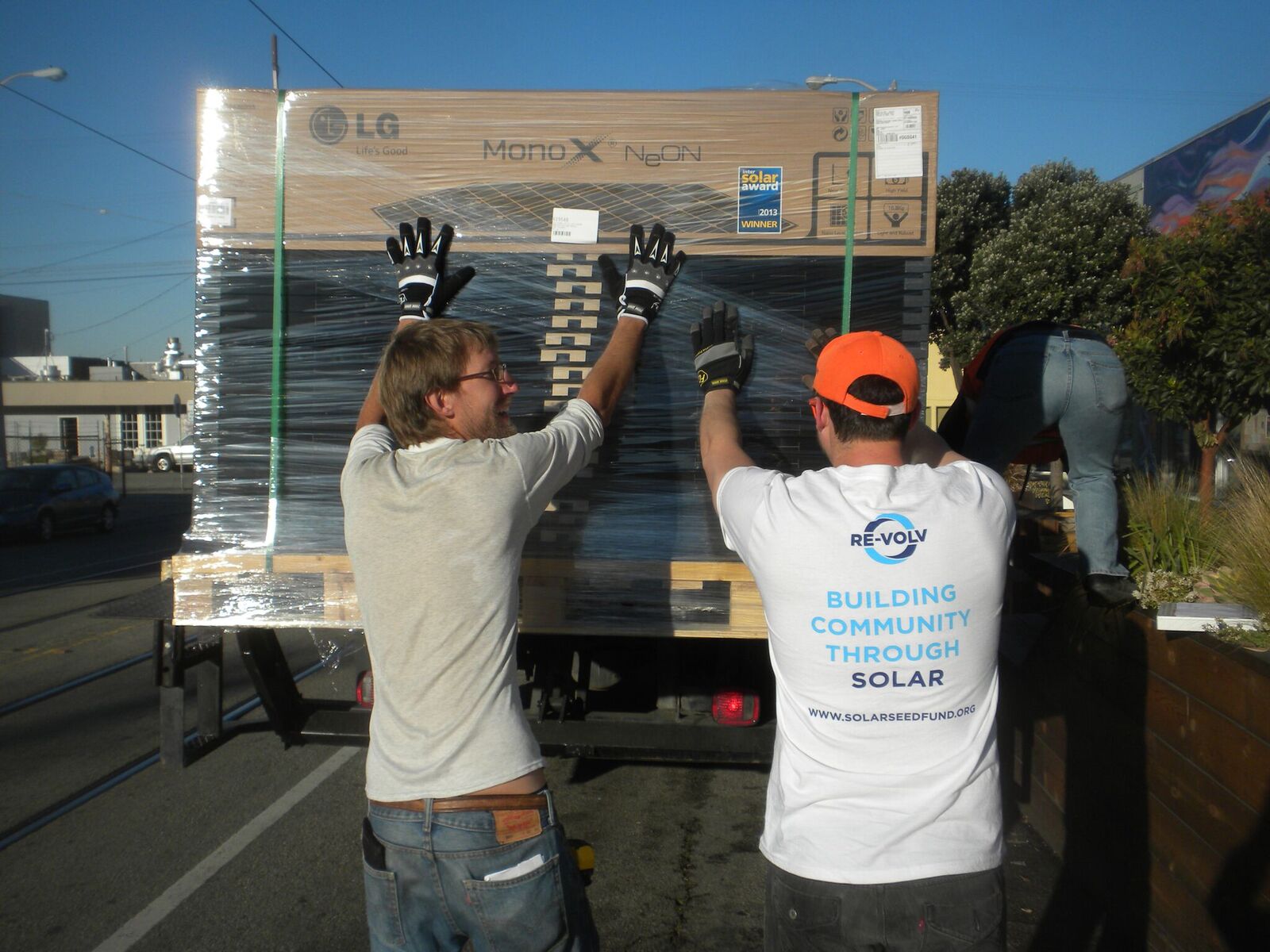




Learn more about how CoverrMe.com works here, and start a visual crowdfunding campaign when you’re ready.
This is inspiring. Great job!